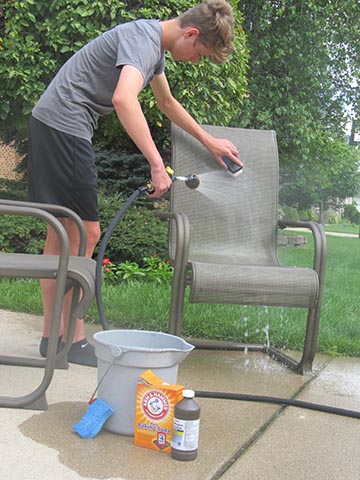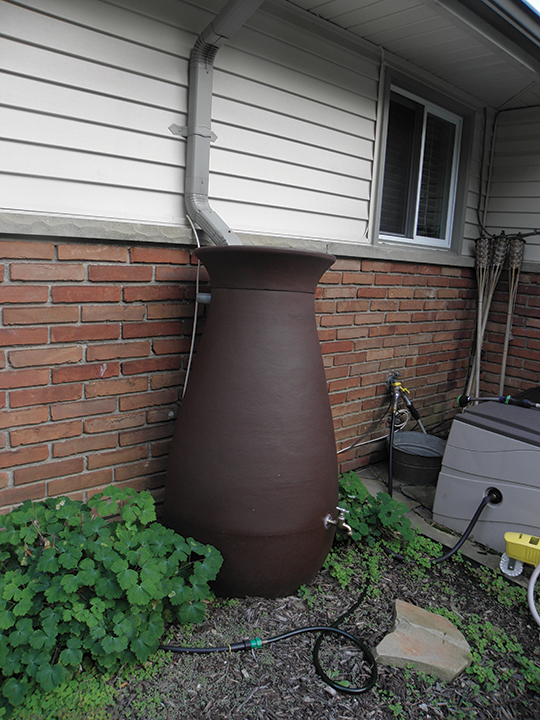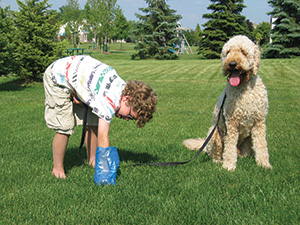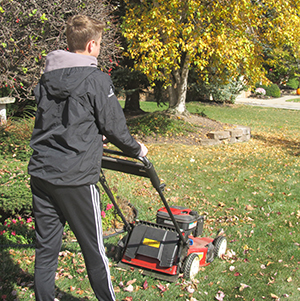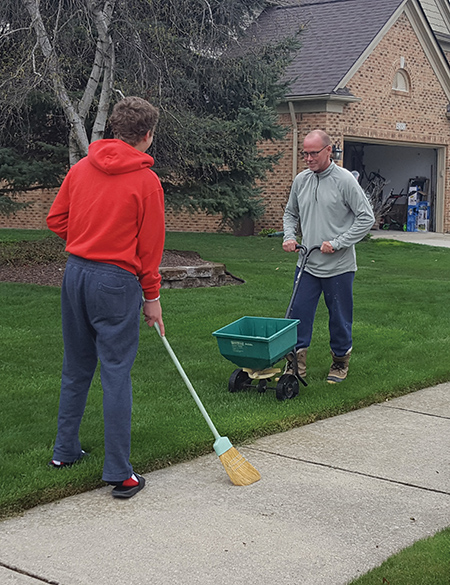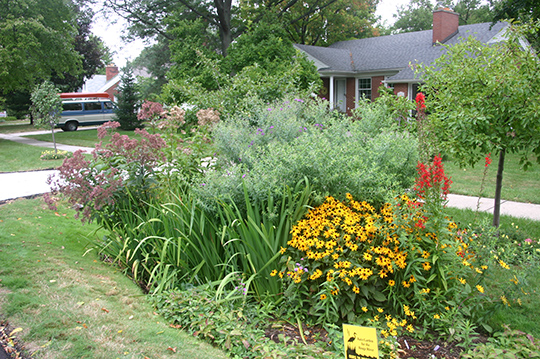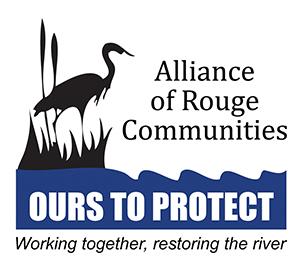 Healthy Habits
Healthy Habits
In Your Yard
Practicing healthy habits in your yard not only protects water quality, it improves habitat and attracts butterflies, dragonflies and hummingbirds to your yard. Healthy habits help filter pollutants before they reach the Rouge River. Healthy habits make it easier and less costly to maintain your yard, all while keeping it looking beautiful.
